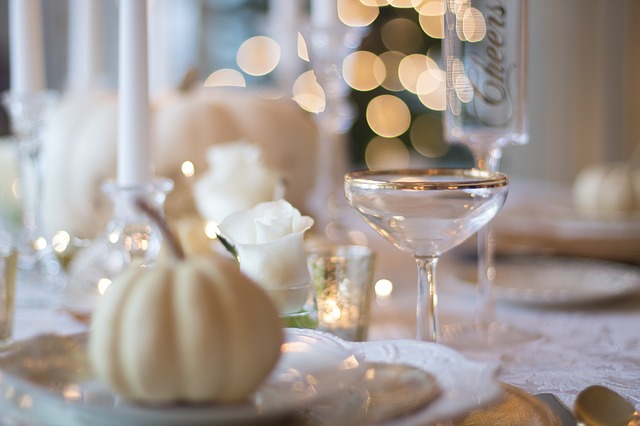Tip-top Tableware Etiquettes
Dining is not just a moment to eat, but a culture; it is also a way to present ourselves, our status and identity, and a chance to find some sense of belongingness, build connection and become more aware in the community we live in.
For best dining experience, both the diner and the party host must have knowledge on proper table setting – knowing which utensil is for a specific serving, eating and slicing and which glass should be used for a specific drink. Hire the best event equipment rental service.
Table manners can make or break one’s dining moment. That is why having table etiquette is important. It defines our attitude and persona as a whole. So here are some thought knowledge about dining servers and utensils and their usage, to keep you at your best dining manner.
Silverwares
Both cutlery and eating silverwares, whether standard or premium flatware, are positioned on the right side, and with the handles facing the diner.
Asparagus Server
It’s that large nine to ten inch silver fork with four or five tongs with a rolled hood to keep the asparagus rolling off.
There are also smaller ones which is used for cutlery or eating, but shouldn’t be used for serving as it might not be able to hold, and you will have asparagus pop flying to other diners’ lap.
Never cut asparagus with a knife or fork, but hold and nib it.
Berry Spoon or Fruit Spoon
Berry or fruit spoons can be used for both casual and formal table settings; its wide, shallow bowl in round or pearl shapes are perfect to dish up fruits. Some are seven and a half inches long, while others are nine and a half inches.
Butter Knife vs Cake Knife
Don’t confuse yourself between the butter knife and cake knife. A butter knife has a dull blade and a pointed tip, and is approximately sevenes inch long. While a cake knife is about nine to fourteen inches long with a serrated edge.
Glasswares
Cocktail Glasses
Most business events like product launch, marketing, trade or PR events and company awarding ceremonies are usually celebrated, or kick off with cocktails. So the stars of the party come in different types, colors and sizes, glasses of drinks. Pick your cocktail by the glasses used: small glasses contain Martini and gin, with slices of olive or lemon at the tip, while layered drinks like Banana-Orange Sunrise or Holly Jolly Jello shots in tall glasses, and classic drink Margarita come in saucer-like glasses.
Wine Glasses
Formal dinners are usually served with wines, but check out specific types of glasses for red and white wines.
Red wines are served in larger glasses with fuller and rounder bowls, and wider openings to allow your nose to smell the aroma; tall u-shaped, upright glasses are used for white wines to keep its cool temperature; while sparkling wine glasses are upright and narrower to retain carbonation. Rose wine glasses, on the other hand, are short with slightly flared lip.
Chinawares
Dinner Plate
Dinner plates are usually ten to twelve inches in diameter and can contain a whole meal. This is the plate used for the main course, for both lunch and dinner.
Bread And Butter Plate
The smallest in size of all plates on the set which is five to seven inches in diameter, and often used for breakfast and informal dinners; placed on the left side of the diner.
Appetizer Plate
The appetizer plate may vary in size from four to seven inches, quiet larger than bread and butter plates, and are designed to contain bite-sized appetizers, fruit, cheese and charcuterie.
Salad Plate
Salad plates may come in same size with the dining plate or just a bit smaller, but larger than appetizer and bread and butter plates
Soup Pate Or Soup Bowl
A shallow, nine inch bowl, and one and a half inch deep, usually used for formal dinners. But some soup bowls are just fitted to use for informal dinners, these are the saucer-like and without rims.
Charger Plate
Charger plates are the largest of all plates, flat, and placed under the dinner plate during formal events.

